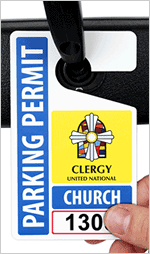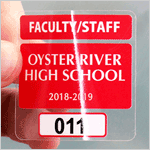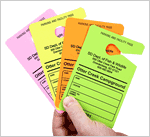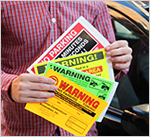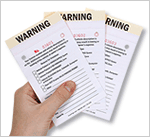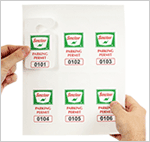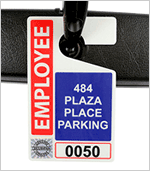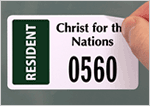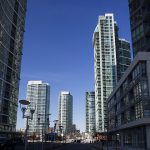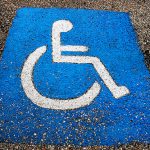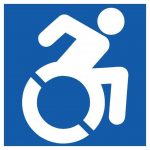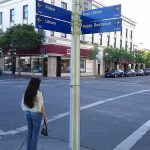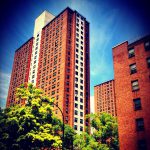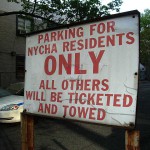Apple’s new “spaceship” HQ cleared for landing
The city council of Cupertino, California, gave Apple the green light last month for its 176-acre second campus, described as ”a little like a spaceship” by the late Steve Jobs, founder and former CEO of the iconic company, in a presentation to the council—his last public appearance—in June 2011.
The campus will feature a 2.8 million square-foot, donut-shaped building as its centerpiece, a construction of glass and steel that is expected to make architectural history—and increase traffic for the affluent city of roughly 50,000.
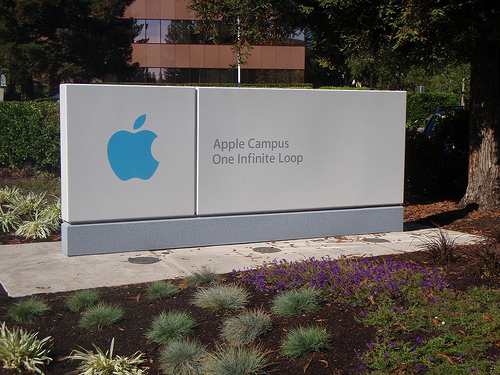
Apple’s HQ has started to look sadly out-of-date – and the company is planning to break ground on a gigantic new building almost the size of the Pentagon. From Lydia Fizz.
Speaking before the council, Ria Hutabarat Lo of Sunnyvale voiced concerns about certain elements of the project, such as its streetscape design and transit network, which, she said, “undermines local connectivity and . . . dramatically increases traffic congestion.” Hutabarat Lo was also critical of the project’s plan to expand roads, already too wide and congested for her, her children, and elderly relatives to safely cross, she said.
Hutabarat Lo offered potential remedies: removal of minimum parking requirements for Apple, which, she suggested, should be required to implement a parking cash-out program.
The council also noted concerns of its own, chief among them three left-turn lanes that would run from the campus entrance onto southbound North Wolfe Road. Several solutions have been recommended by the planning commission, including fining the company $500 each time an employee made an unsafe lane change at those intersections.
Apple can also turn to Bay-area corporate neighbor, biotech heavyweight Genentech, when considering a parking cash-out program. Working with transportation consultancy Nelson\Nygaard, the company developed for its South San Francisco campus a parking strategy that, in addition to new and improved transit and shuttle services, included a parking cash-out program.
Launched in November 2006, the program provided a $4 subsidy per day to all employees who commuted to work by means other than driving alone. The subsidy was offered as either a tax-free transit or vanpool incentive or as a taxable amount in the employee’s paycheck if he or she walked, biked, or carpooled to work. Just two weeks after the launch, more than a quarter of Genentech’s staff had signed up for the program.
In response to the traffic concerns, Apple has already vowed to underwrite a number of transit improvements, such as raising the percentage of its commuter employees and hiding nearly all of the campus’s roads and parking spaces underground. Today the area displays mostly asphalt parking lots; under Apple’s plan, 6,000 trees would be added.
Except for transportation issues, Apple’s proposal received wide support among the local community. “I don’t think I’ve ever seen a development before Cupertino . . . where you had so many members . . . come out to voice their support,” said former mayor Sandra James at the city council meeting.
The council, which unanimously approved the proposal in mid-October, will review it again for final approval on November 15.
Related Posts
Category: Parking management

